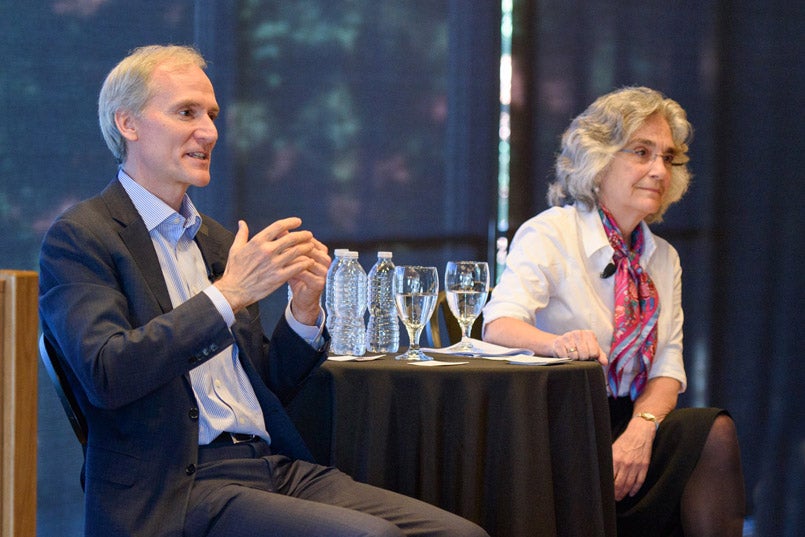May 15, 2019
Advancing diversity and inclusion at Stanford
One of our most important university-wide goals is to promote diversity and inclusion. We want to ensure that diversity of thought, experience and approach is represented in all aspects of our education and research mission and that a diversity of cultures, races and ethnicities, genders, beliefs, abilities and identities is thriving on our campus.
Today we are taking steps to demonstrate our commitment to this goal: the publication of the Provost’s Statement on Diversity and Inclusion and the launch of the IDEAL dashboard.
Statement on Diversity and Inclusion
My intention in writing this document is to clearly articulate how diversity and inclusion are critical to Stanford’s mission and future, why it’s important that we embrace these values now, what goals we have set to advance our commitment, and some of the challenges we face in advancing those goals.
The statement is informed by perspectives from across our community. In it, there is an acknowledgement of historical inequity and an affirmation of our intention to continue to evolve and become a better and more inclusive and equitable institution.
The diversity statement will live permanently on the Office of the Provost website to serve both as a reminder of our aspirations and as a call to action.
IDEAL dashboard
The dashboard is a data tool that was developed by the research group of the IDEAL (Inclusion, Diversity, Equity & Access in a Learning Environment) initiative, one of three Presidential Initiatives in the university’s long-range vision.
Five university populations are tracked from 2010 to the present by headcount: undergraduate students, graduate students, postdoctoral scholars, professoriate faculty and staff. The dashboard allows campus community members, as well as the public, to compare sex and race/ethnicity data across all five populations and drill down to view data by year and by school or unit and view trends for each population over time. The data will be updated every year at the end of fall quarter.
This new tool will help us track one aspect of diversity on our campus and monitor our progress in a way that is transparent. It’s the first step in sharing information about who we are today, where we’ve come in the last decade, and where we’re heading.
In this first iteration of the dashboard the categories are limited due to what information was available and consistent across all populations. Historical practices of data collection have also constrained this effort, but steps are being taken to improve our collection practices in order to expand the dashboards in the future.
Going forward, we want to ensure that the data better reflect identities as people within our community experience them. Future iterations may include data on gender identity and sexual orientation as well as more detailed ethnic information, while respecting privacy concerns. I want to thank the Office of Institutional Research & Decision Support (IR&DS) for their work in developing this tool.
Our world is rapidly changing, becoming more diverse and interconnected every day. I truly believe that Stanford’s continued excellence will depend on embracing and advancing diversity and inclusion everywhere – in every classroom, program, school and business unit. The diversity statement and dashboard are intended to help move us in that direction.
